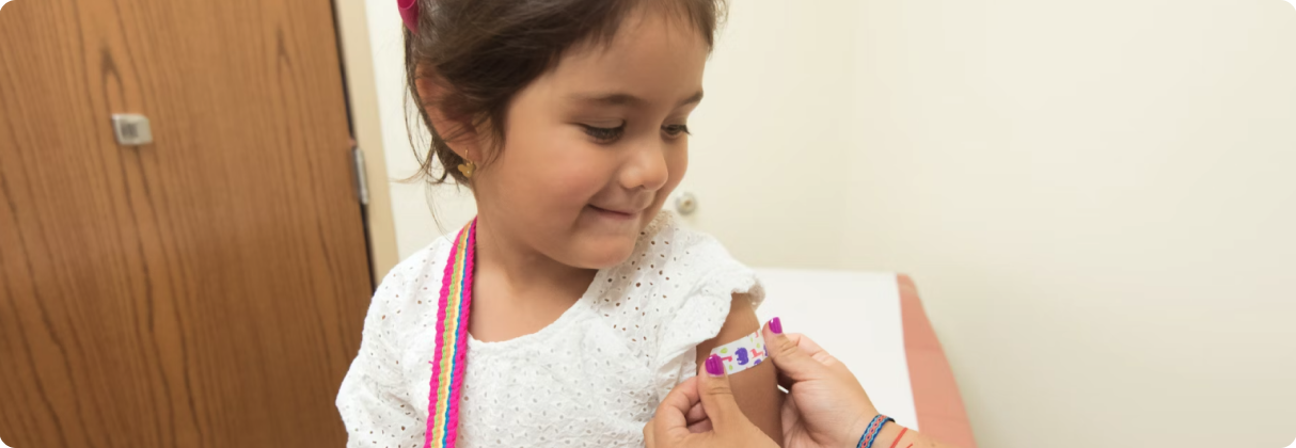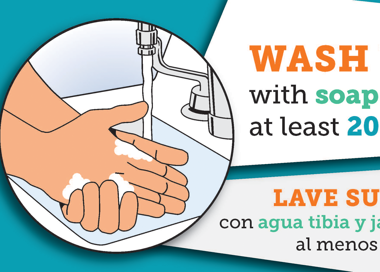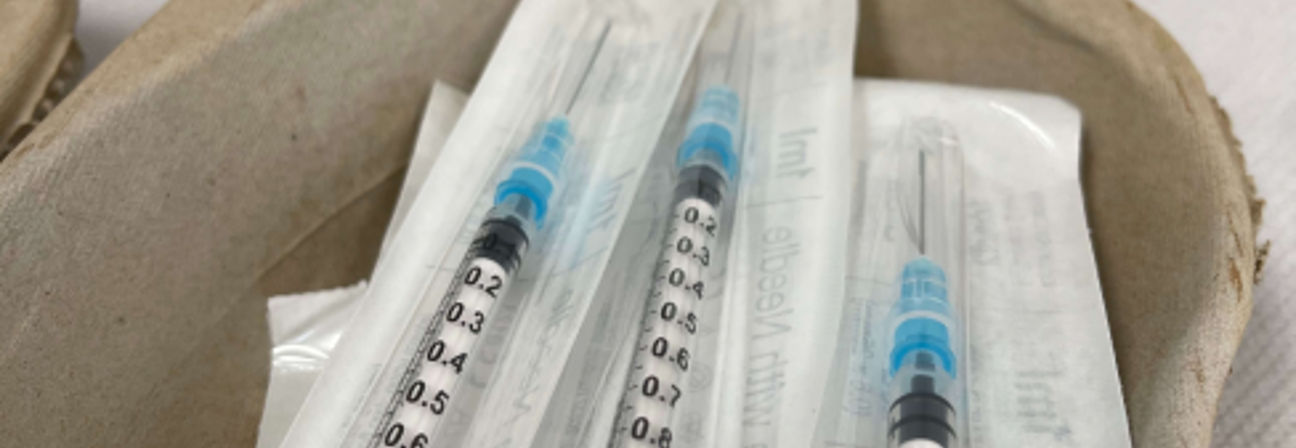Disease Prevention
You can help prevent the spread of illness and disease by consistently practicing a few key behaviors:
- Isolating: Staying home and away from others when you’re ill
- Disinfecting: Sanitizing potentially contaminated surfaces
- Immunizing: Ensuring you and your family are appropriately vaccinated
- Hand Washing: Practicing good hygiene and washing hands frequently


